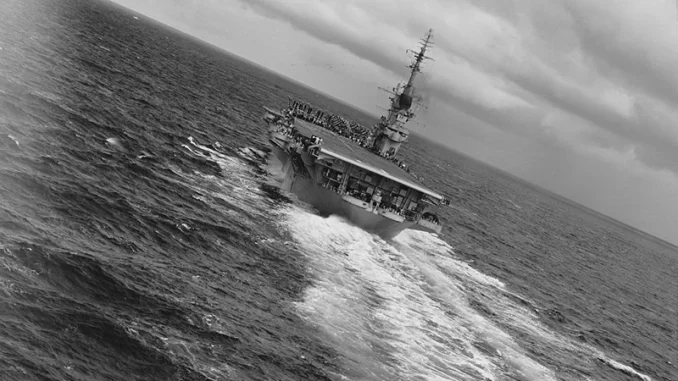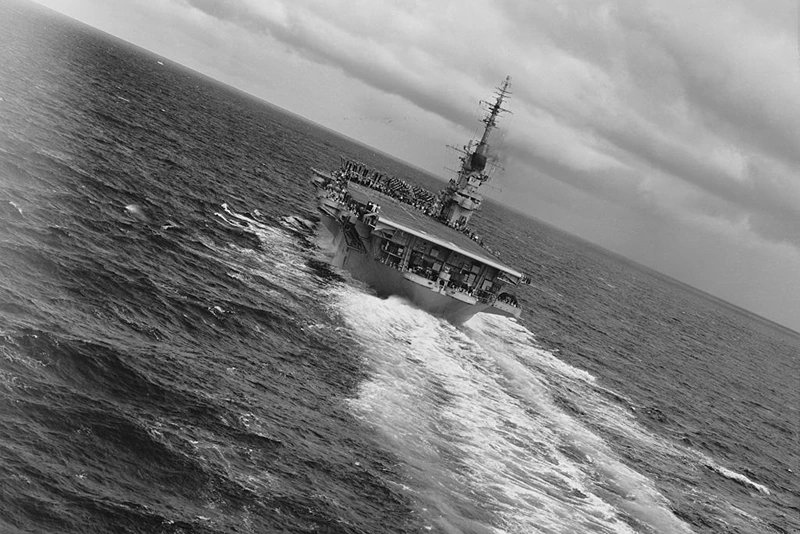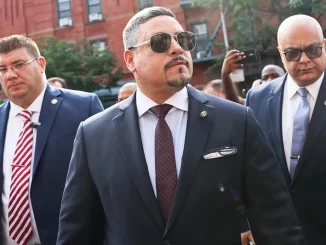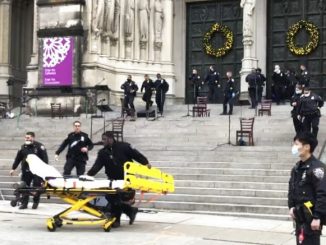

OAN Roy Francis
UPDATED 9:39 AM PT – Saturday, January 21, 2023
San Diego native Royce Williams was a real-life “Top Gun” during the Korean War.
Williams had shot down four Soviet fighter jets in November 1952, becoming a legend that would go unrecognized for more than 50 years.
The Navy Cross, the second-highest military decoration bestowed by the service, was given to the now 97-year-old former navy aviator during a ceremony held on Friday in California.
Williams’ case “stood out above all others. It was very clear to me that his actions were truly extraordinary and more closely aligned with the criteria describing a higher medal.” according to Navy Secretary Carlos Del Toro on Friday.
In November 1952, Williams was flying the United States’ Navy’s first jet fighter, the F9F Panther, on a patrol mission. He had flown, along with three other fighter pilots, from the USS Oriskany in the Sea of Japan. Their mission was to conduct a combat air patrol over the norther part of the Korea Peninsula, near the Yalu River.
During their mission, the squadron’s leader had mechanical issues and, along with his wingman, flew back to the ship, leaving Williams and his wingman flying alone.
As they left, seven Soviet MiG-15 fighter jets had appeared flying towards them. Williams and his wingman were ordered to put themselves between the jets and the U.S. ships.
The MiGs opened fire on him and his wingman. He had returned fire causing one of them to go down, his wingman had followed the jet down. Williams’ commanders had ordered him not to engage.
“I said, ‘I am engaged,’” Williams recalled in an interview in 2021.
Williams engaged in a dogfight with the six remaining MiGs that lasted for over half an hour.
“I was on automatic, I was doing as trained,” he said.
After the aerial battle was finished, and rejoined by his wingman, they made their way back to the carrier. After landing the heavily damaged aircraft, Navy crew members counted 263 holes in it. It was so heavily damaged that there was no chance of salvaging it, and they had pushed it into the sea.
After the news of the battle spread, President Dwight Eisenhower was eager to speak with him, along with several high-ranking military members.
Williams was awarded a Silver Star in 1953, but the award made no mention of Soviet planes, just “enemy” fighters. Records of the battle were classified by officials and Williams was sworn to secrecy.
In 2002 the records were declassified and he was able to share his stories. In December 2021, more than 70 years after the battle took place, Del Toro pushed for Williams’ Silver Star to be upgraded to a Navy Cross.
“It is to this day the most unique US-Soviet aerial combat dogfight in the history of the Cold War,” Issa said in a statement.
“The heroism and valor he demonstrated for 35 harrowing minutes 70 years ago in the skies over the North Pacific and the coast of North Korea saved the lives of his fellow pilots, shipmates, and crew. His story is one for the ages, but is now being fully told.”





Be the first to comment